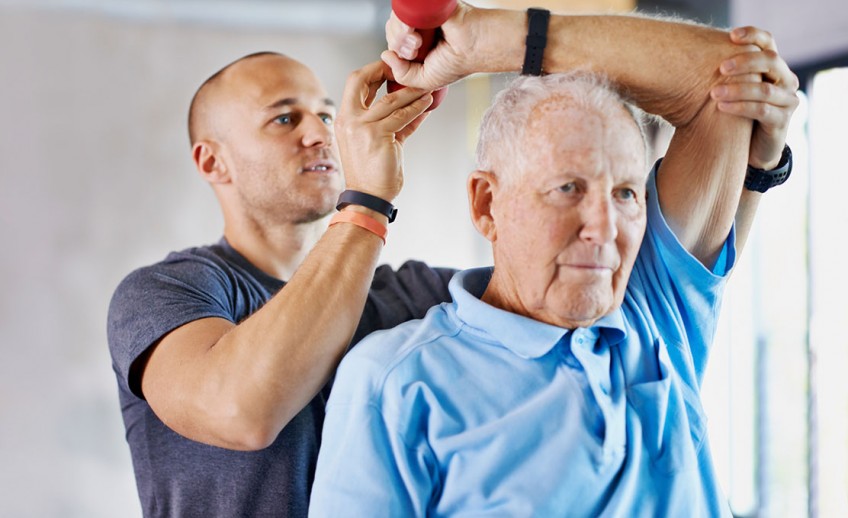Physiotherapists prescribe exercises for many different reasons, including in the prevention and recovery from injury, post-operative care, general strengthening and fitness, and to treat neurological or chronic pain conditions.
At PhysioFit Berwick, we also offer Group Exercise Programs which are conducted in small groups of up to 4 clients per 45 minute session. Prior to beginning classes, your physiotherapist will perform an individual assessment in order to prescribe a tailored exercise program to suit your individual needs and goals.
Your program may consist of exercises for strength, flexibility and balance as well as Pilates-based exercises for strengthening the core postural muscles used for balance and to support the spine (important in managing and preventing back pain). Some exercises may involve the use of specific equipment such as the Pilates Reformer (for spring-loaded resistance), weights, resistance bands, yoga or stability ball, and other equipment.
The classes are ideal for the rehabilitation and management of injuries, particularly for back injuries and treatment of chronic back pain, as well as improving general fitness.
Some of the most common types of exercise programs prescribed by your physio may include:
| Exercise program type | Reason(s) prescribed | Examples |
| Cardiovascular exercises |
|
Brisk walking, running, jogging, swimming, aerobics, gym classes (e.g. spinning) |
| Flexibility exercises (joint / muscle) |
|
McKenzie exercises, Upper/lower limb stretching regimes |
| Balance exercises |
|
Wobble board exercises Dynamic balance training Plyometrics |
| Postural exercises |
|
Chin tucks, postural re-education, core strengthening, fit ball / gym ball exercises |
| Strengthening exercises |
|
Resistance band exercises, upper / lower limb strengthening regimes, core strengthening |
| Pilates exercises |
|
Mat work, reformer-based regimes, functional core activation |
| Massage ball / foam roller exercises |
|
As prescribed by your therapist |
| Post-operative exercises |
|
Knee / shoulder / hip strengthening regimes, Gait re-education, chest exercises |
| Neurological rehabilitation exercises |
|
Balance exercises, reaching / targeting, functional mobility exercises, coordination exercises, strengthening exercises, etc. |
| Postnatal exercises |
|
Pelvic floor exercises, abdominal exercises, light weight training, low impact aerobic exercises |
| Chest physiotherapy |
|
Percussion, vibration, breathing exercise secretion regimes |

